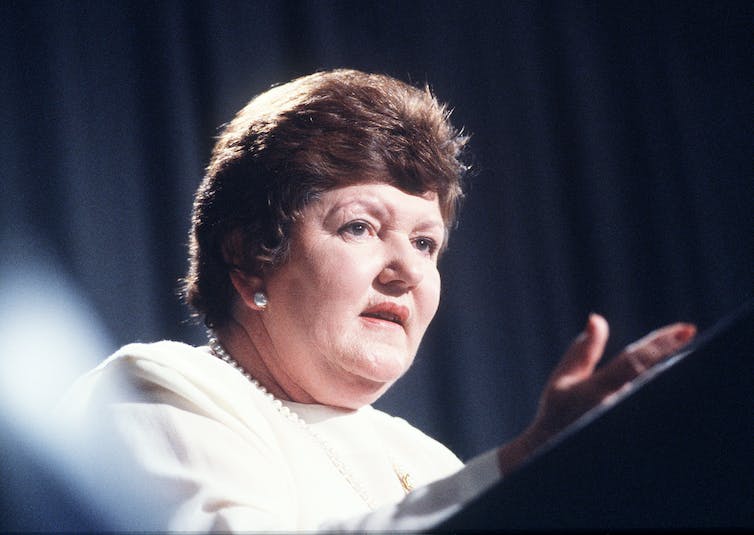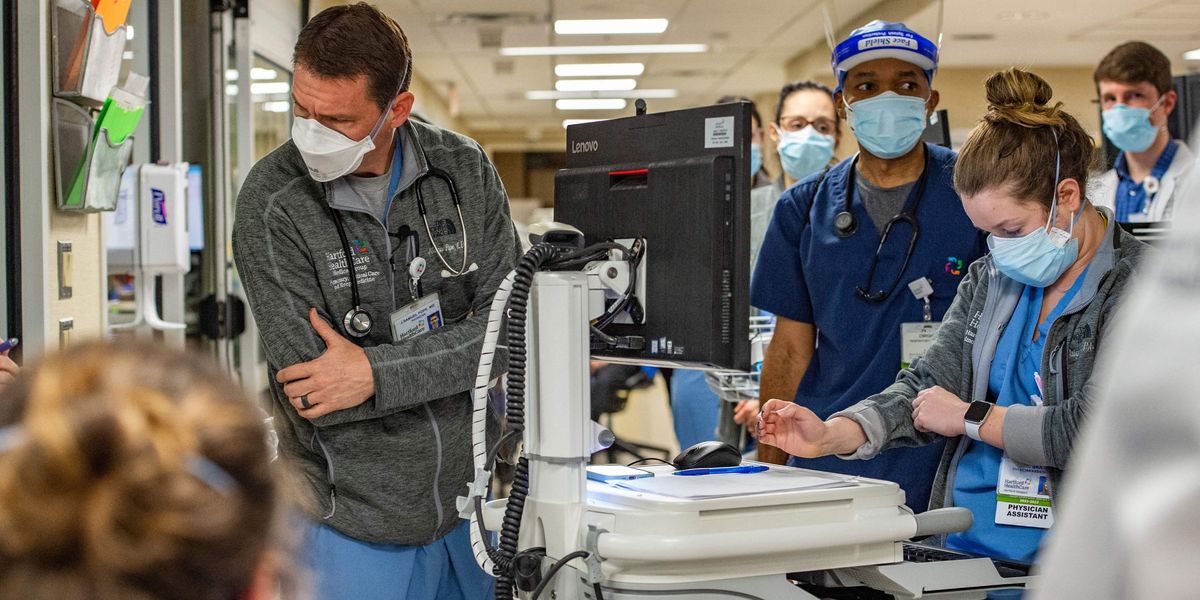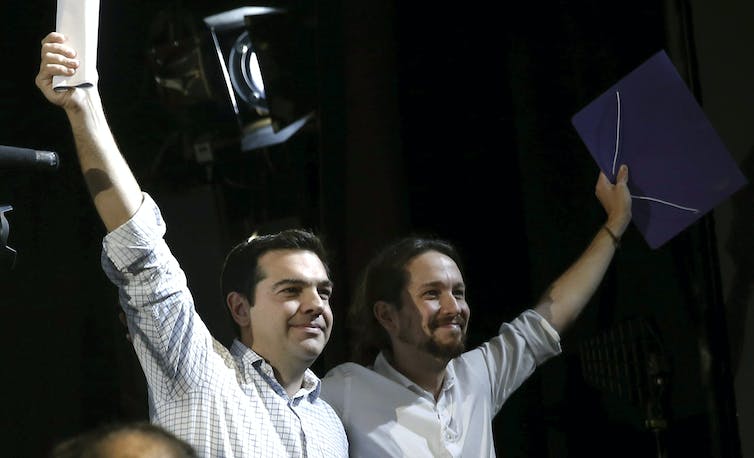With the sudden announcement that Daniel Andrews will be stepping down as premier of Victoria at 5pm today, the Labor Party has been working to find the best replacement.
Deputy Premier Jacinta Allan, from the Socialist Left faction, was widely tipped to become the next premier, especially as she had Andrews’ endorsement. But some late challenges from the Right made it more complicated, with Transport Minister Ben Carroll also throwing his hat in the ring.
In the end, the party room voted for Allan as premier and Carroll as deputy.
But who is Jacinta Allan and what challenges await her as premier?
From Bendigo East to premier
Allan, 50, is a highly experienced political operator. She became the youngest female elected to the Victorian parliament when she first won the seat of Bendigo East at age 25 in 1999. That was the election in which Steve Bracks led Labor to an unexpected victory over the Jeff Kennett-led Coalition.
After holding several ministerial positions, Allan was selected as the deputy leader of the Labor Party, and therefore deputy premier of Victoria, in 2022.
This was interpreted as a clear indication that Premier Daniel Andrews had anointed her to take over if he was to retire before the next election.
Allan comes from the Socialist Left – the same faction as Andrews. There have been some major shifts in the factions of Victorian Labor in recent months, with the Socialist Left strengthening its influence.
Following the 2022 election, for example, several MPs aligned with the Right faction moved to the Left. Within this context, Allan should enjoy strong support from parliamentary colleagues to become leader.
Dan Andrews leaves office as a titan of Victorian politics – who drove conservatives to distraction
Public profile
Andrews has dominated the Victorian Labor Party since he won his first election in 2014. Such was his dominance, and the media’s interest in him, that other ministers have often struggled to increase their public profile.
Allan has arguably developed a stronger public profile than other potential challengers. However, this has also come at a difficult time for Labor in Victoria. The past few months presented the Andrews government with some major policy challenges.
The decision to back out of hosting the 2026 Commonwealth Games, for instance, attracted some strong criticism. As the minister responsible for the games, Allan was the target of the opposition’s attacks on the government. Some Labor MPs were also reportedly critical of Allan’s performance in the infrastructure portfolio, when projects such as the Airport Rail project were delayed.
Victoria’s second female premier
The late Joan Kirner made history in 1990 when she became the first woman to be premier of Victoria. Kirner replaced John Cain junior but was left with a range of major economic problems, which the onset of a national recession at the time made even more difficult.
Kirner was also left with a divided Labor Party that had been in power since Cain first led the party to victory in 1982. By 1992, voters in Victoria had turned against Labor. They handed the Kennett-led Coalition a comfortable victory in the election that year.
Alan Porritt/AAP
The circumstances of Allan’s rise share some similarities with those of Kirner. Rather than a recession, it has been COVID-19 that has had major social and economic impacts. The new premier must now work through the fallout from the pandemic.
These conditions remind us of a phenomenon called the “glass cliff”, where organisations often turn to women to take on leadership roles in less-than-ideal circumstances – and they must bear the consequences.
Indeed, Allan will have much work ahead to lead the state in the post-COVID period. She will also have to make what is near to being a ten-year government appear to have new and fresh ideas. By the time of the next election in 2026, it will be a 12-year government, which is hard to sell no matter its record.
At the same time, uniting the Labor Party and its fraught factional system will be high on the agenda.
Moreover, the new premier will have to face an opposition that may get greater visibility and resonate with more voters in the post-Andrews period, assuming the Liberal Party can present as a more united and cohesive force than it has managed to date.
With three years to go until the next election, Victorian politics will look very different with Daniel Andrews out of the picture.
Is 5 senior ministers quitting Victoria’s Andrews government a sign of renewal – or decline?




